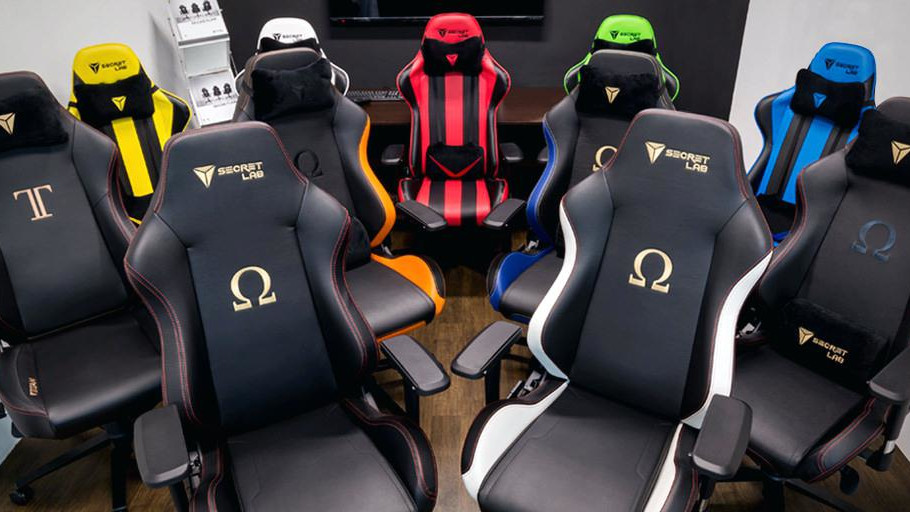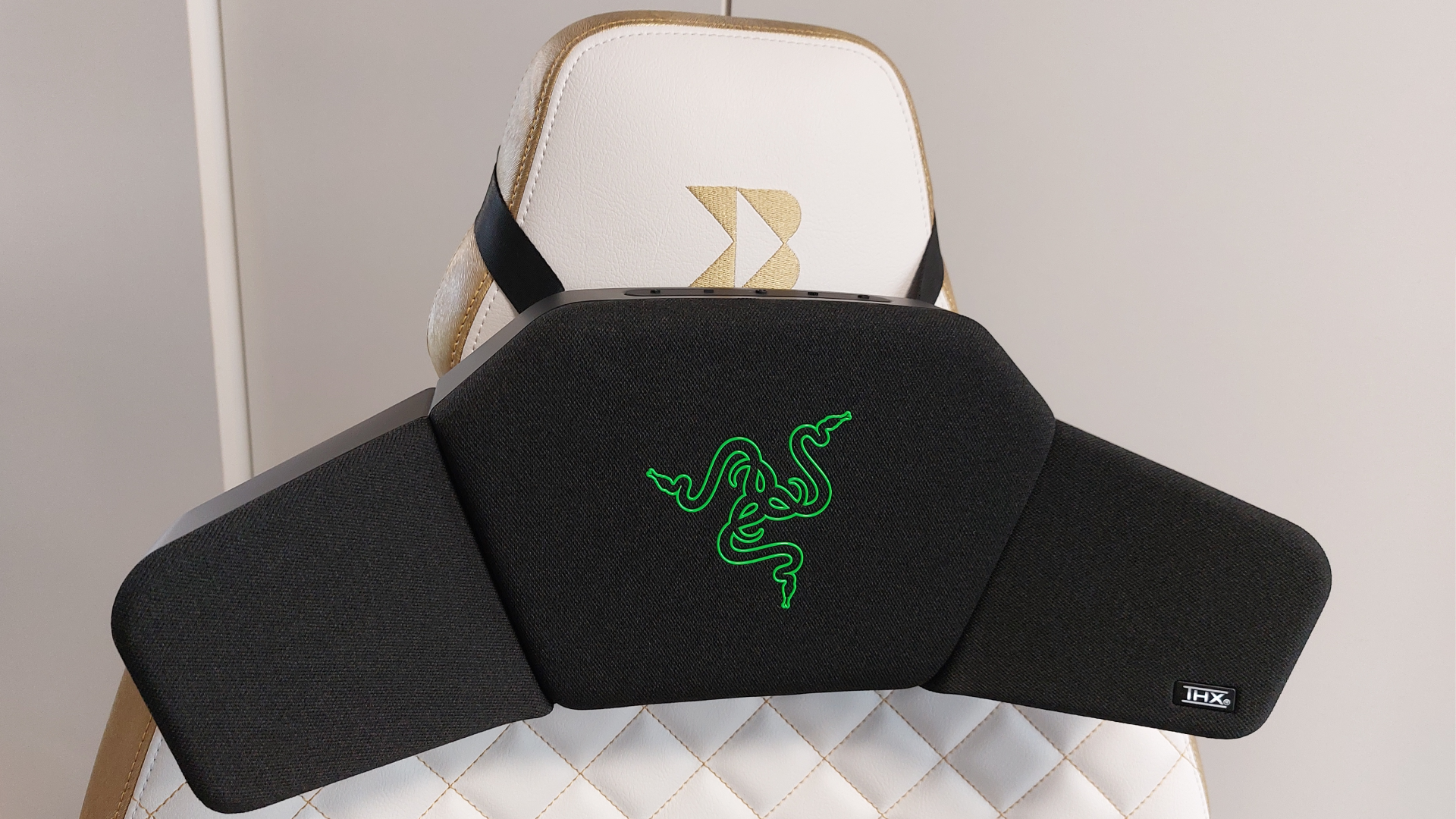This Pi Pico project can generate guest Wi-Fi networks complete with QR logins
For those who want a little class and security around their Wi-Fi sharing.
Having friends over is all well and good until one of the freeloaders decides it's not enough to eat my food anddrink my drinks—they also want access to my Wi-Fi. Now comes the awkward moment of verbally explaining the niche reference in your Wi-Fi username, and your equally convoluted passwords. No, that's the number 2, not the word too. No, not "two" or "the number two". You know what, maybe just let me do that for you. It's almost as hard as explaining what Wi-Fi actually stands for.
Those smartest among us have already dealt with this issue. It's not uncommon practice to have a password written down for people to copy, but the real tech foes use QR codes. These can be set up to automatically join a network just from the data contained within the code, so no manual entry has to be completed.
Instead, having one of these bad bois printed out hanging around on your coffee table means guests can just scan and get instant Wi-Fi access. There's no guilt of asking, or frustration of giving: just speedy internet access within seconds.
This is all well and good, but maybe hold off on painting that QR code feature wall in your living room just yet. Good security practices dictate that passwords should be changed regularly. For a family Wi-Fi this may not be a concern of yours, but regardless, changing your settings can make this code unusable. This is precisely why Predrag Mijatovic's Pi Pico project (via Hackaday), while a bit fiddly, provides a pretty interesting solution.

Best chair for gaming: the top gaming chairs around
Best gaming desk: the ultimate PC podiums
Best PC controller: sit back, relax, and get your game on
Mijatovic uses a Raspberry Pi Pico connected to an OLED display to act as an ever changing Wi-Fi QR code, and it does a bit more than just let guests on your network. With the custom scripts, Mijatovic has coded this device to automatically set up a new encrypted guest network on your Wi-Fi. This totally unique data then gets shared to the screen via QR code, allowing the guest to still get that seamless login experience.
Before you get your tinkering kits out, be aware this project might not be for everyone. It's based on a MikroTik router made in Latvia, which you may not have in your home. This router can be configured over Secure Shell or SSH, which is an enhanced security encryption algorithm. Other routers might let you do it and here's a list of the best routers for gaming, but you'll want to check first, and you're likely going to have to mess with the settings a fair bit.
You can get into the nitty-gritty by watching Mijatovic's video embedded in the top of this article, then download the project on Github. Though even Mijatovic explains in a disclaimer there are likely better ways to achieve this or a similar solution, it's definitely a great place to start the mind working.
Keep up to date with the most important stories and the best deals, as picked by the PC Gamer team.
A fully fledged solution would be great for hostels and hotels, allowing guests to have their own secure Wi-Fi login with a simple scan. Similarly for coworking spaces, airports, and anyone who just wants to be a bit wonderfully over the top on their Wi-Fi security.

Hope’s been writing about games for about a decade, starting out way back when on the Australian Nintendo fan site Vooks.net. Since then, she’s talked far too much about games and tech for publications such as Techlife, Byteside, IGN, and GameSpot. Of course there’s also here at PC Gamer, where she gets to indulge her inner hardware nerd with news and reviews. You can usually find Hope fawning over some art, tech, or likely a wonderful combination of them both and where relevant she’ll share them with you here. When she’s not writing about the amazing creations of others, she’s working on what she hopes will one day be her own. You can find her fictional chill out ambient far future sci-fi radio show/album/listening experience podcast right here. No, she’s not kidding.

